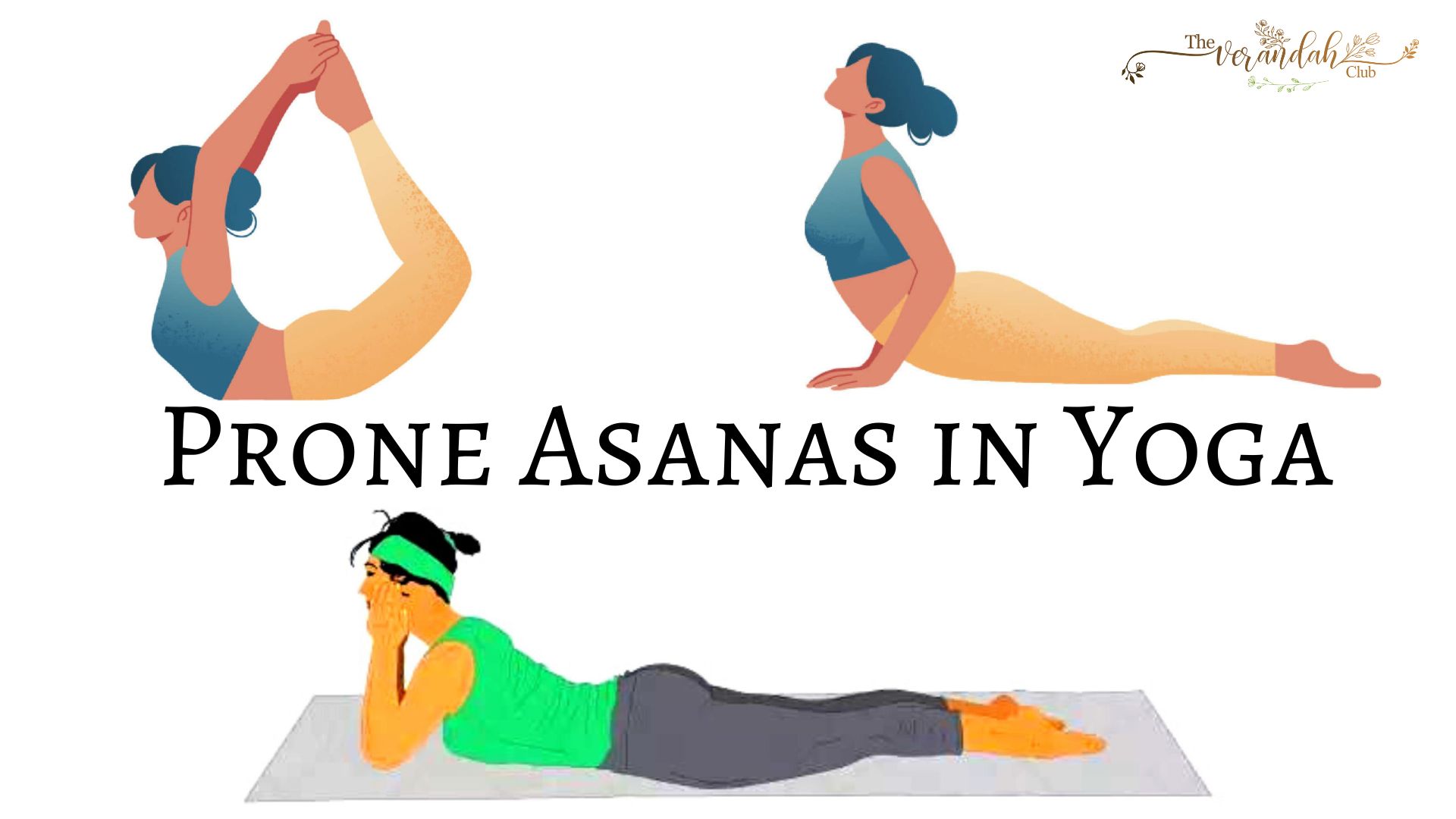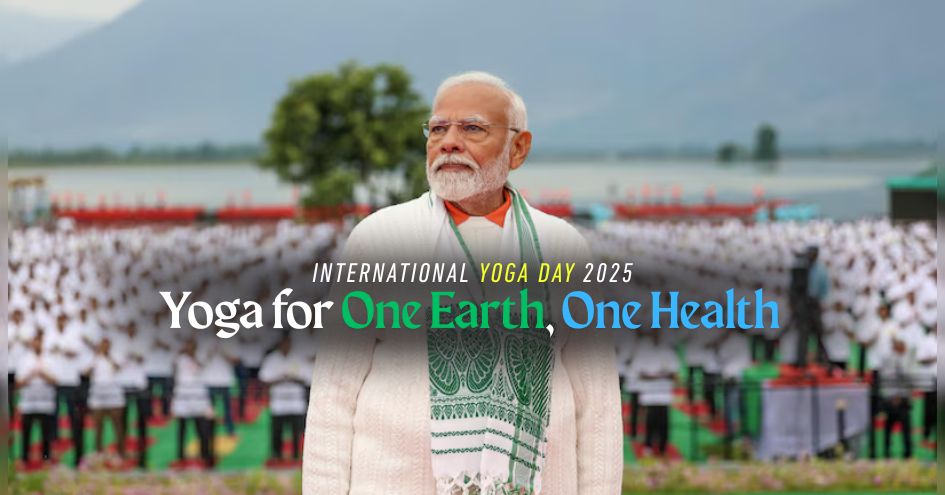
MAKARASANA (CROCODILE POSE)
Makarasana is a relaxing posture. In this asana, the body resembles a resting crocodile and hence it is also referred to as the 'crocodile pose".
Technique
Starting position: Lie down in the prone position (a position of the body where you lie face down).
Benefits
Makarasana removes mental and physical fatigue, and helps in relieving asthma, cervical spondylosis and sciatica
BHUJANGASANA (SERPENT POSE)
Bhujangasana is also referred to as the serpent pose because the final position of this asana resembles a cobra with its hood extended
Technique
Starting position: Lie down in the prone position, then join the feet and place both hands under the shoulders with the elbows pointing upwards by the waist
Benefits
This asana improves concentration, strengthens the digestive and urinary systems and alleviates back pain while making the spine supple.
Caution
This asana is strictly prohibited for people with a hernia, intestinal tuberculosis and abdominal injuries.
DHANURASANA (BOW POSE)
Dhanurasana is also called the bow pose as in the final posture of this asana, the body looks like a bow with the limbs resembling its string
Technique
Starting position: Lie down in the prone position with the legs together and the arms beside the body.
Benefits
This asana regulates the functioning of the adrenal and thyroid glands, and also of the digestive and excretory systems. It strengthens the joints of the shoulders, the spine, knees and ankles and removes stiffness in these.
Caution
If you have a hernia, peptic ulcers, colitis or appendicitis, you should not perform this asana.
Credits:- Shri Narendra Modi, Honorable Prime Minister of India in his book - Exam Warriors
NEXT ARTICLE

Earlier this year in March, Prime Minister Narendra Modi formally declared "Yoga for One Earth, One Health" as the theme for International Yoga Day 20...